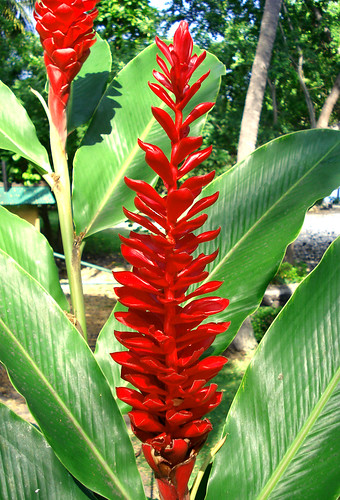
by: Kristina Mercedes Martinez =]
1.) Most ginger comes from Jamaica, but this plant is a native of southeastern Asia.
2.) The conditions that the ginger plant thrives in is, tropical and subtropical regions.
3.) Ginger is used in medicine, in culinary preparations, and for flavoring beverages such as ginger ale and ginger beer.
4.) No, it does not have any cultural relevance, but many countries do use ginger.
5.) 3 variances of the ginger plant:
a.) is used almost all around the world.
b.) can be used as food, beverage, and even as medicine!
c.) Is a very red plant, which is kind of strange since it comes out as a brown colored spice.
6.) The ginger plant is in the Zingiberaceae ginger family.
7.) The melegueta pepper is also another plant in the Zingiberaceae ginger family.
8.) You can plant the ginger plant as soon as possible, for best results. Especially if you want it to come out with nice roots, and to be very fresh and beautiful looking, red plant.
9.) will post picture of the Ginger plant. :D
















